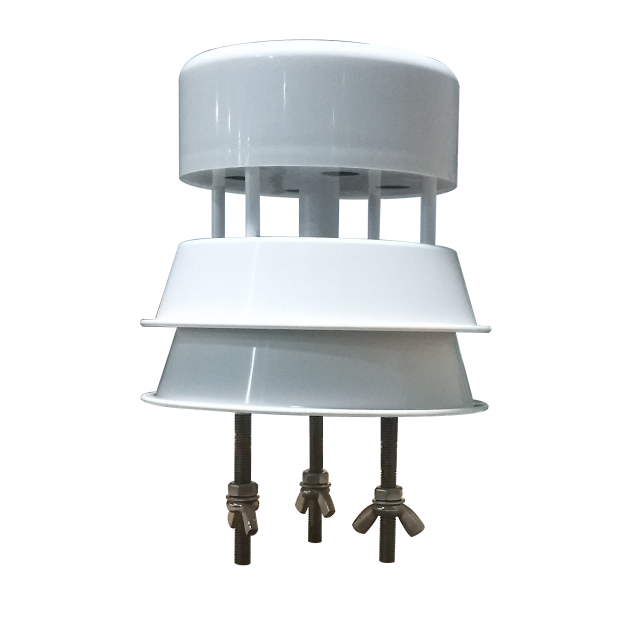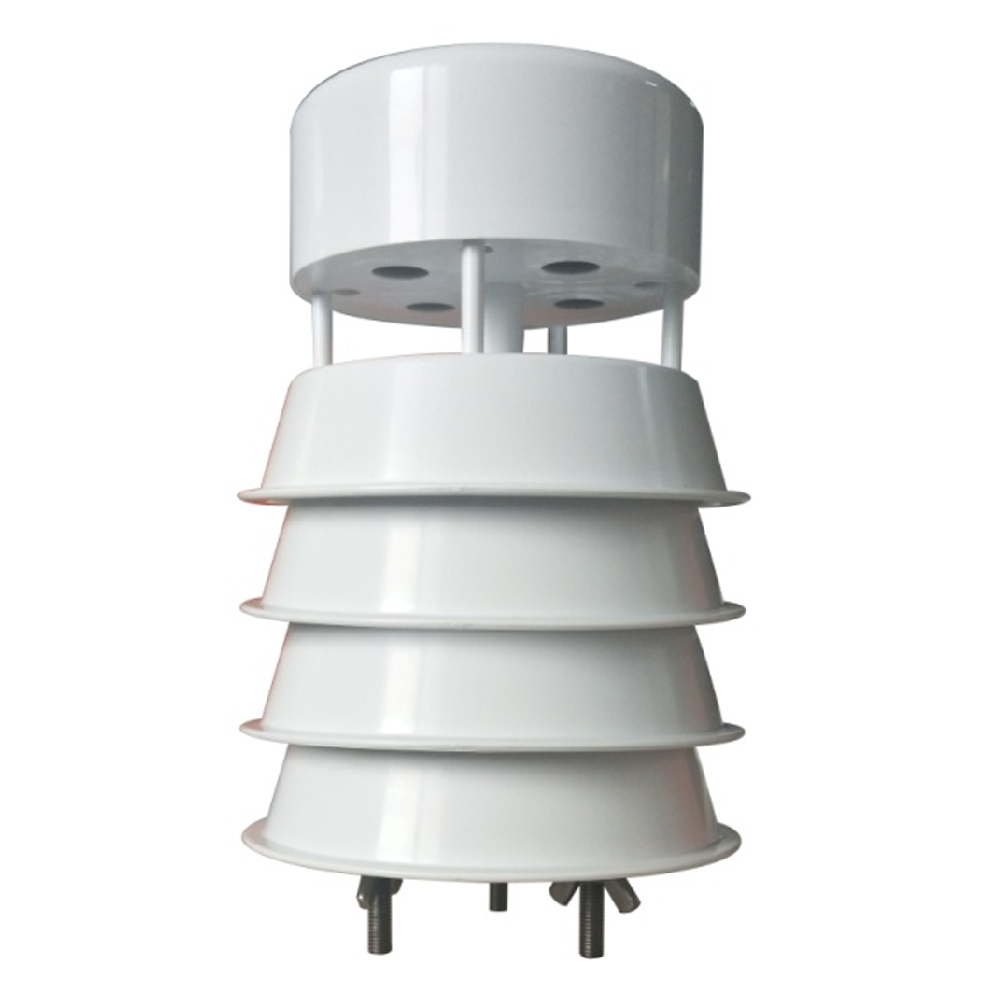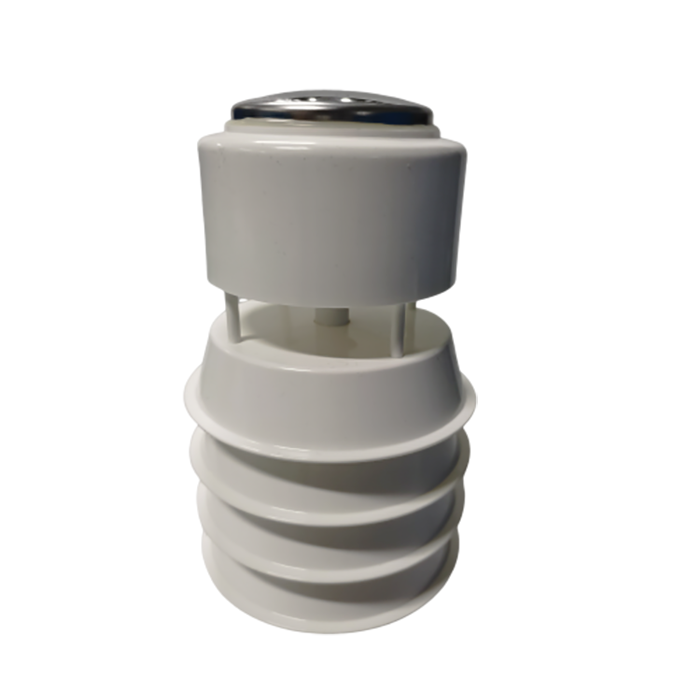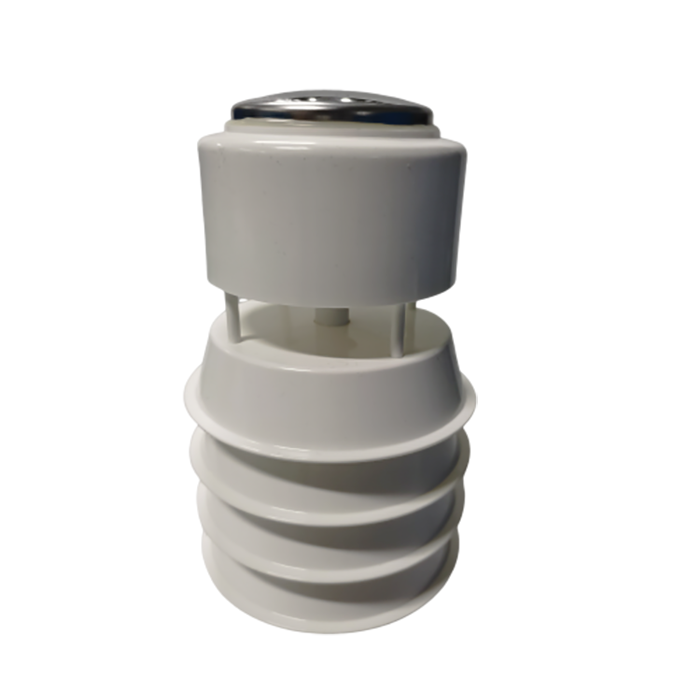

— Blogs —
—Products—
 Consumer hotline +8618073152920
Consumer hotline +8618073152920 WhatsApp:+8615367865107
Address:Room 102, District D, Houhu Industrial Park, Yuelu District, Changsha City, Hunan Province, China
Product knowledge
Time:2025-03-27 20:50:57 Popularity:90
An ultrasonic anemometer is an advanced wind measurement device that plays an important role in meteorological observation, environmental protection, agriculture, aerospace, and many other fields, thanks to its unique ultrasonic technology. Compared to traditional mechanical anemometers, it achieves high-precision measurements without moving parts, offering excellent performance and wide applicability. This article will explain in detail its measurement principles, main features, and functional advantages, helping readers gain a comprehensive understanding of the value of this modern technological tool.
 |  |  |  |
| 2-in-1 Ultrasonic Weather Station | 5-in-1 Ultrasonic Weather Station | 6-in-1 Ultrasonic Weather Station | 7-in-1 Ultrasonic Weather Station |
The working principle of the ultrasonic anemometer is based on the propagation characteristics of ultrasonic waves in the air. Specifically, it calculates wind speed and direction by emitting and receiving ultrasonic pulses, with the following core process:
The instrument is equipped with multiple ultrasonic probes (usually arranged in pairs), each capable of emitting ultrasonic pulses and receiving signals reflected from or transmitted by opposite probes. As these pulses propagate through the air, they are affected by the wind and thus change.
When the wind blows across the probes, it alters the speed of ultrasonic wave propagation. If the ultrasonic waves propagate in the same direction as the wind, the propagation time shortens; conversely, if they propagate against the wind, the time increases. By accurately measuring the time difference of wave propagation in different directions, the instrument can calculate the wind speed. This method takes advantage of the physical interference of wind on the sound wave propagation, allowing results to be obtained without mechanical rotation.
To measure wind direction, ultrasonic anemometers typically use multiple probes arranged at specific angles (e.g., 90° or 120°). By comparing the differences in propagation times between the probes and applying signal processing algorithms, the instrument can accurately determine the direction from which the wind is blowing, with a resolution of up to 1°.
Some models can also measure additional parameters, such as air temperature and humidity, by detecting changes in the frequency of the ultrasonic signal or using environmental calibration, thereby enriching the data output.
This method of measurement based on sound waves is not only efficient but also avoids the limitations of mechanical parts, allowing stable operation in various environments.
The ultrasonic anemometer has the following significant features, thanks to its unique design and performance:
Wind speed measurement accuracy can reach ±0.3 m/s or ±3% (whichever is greater), with wind direction resolution up to 1°. This high precision makes it ideal for applications that require accurate data, such as meteorological stations and wind power generation.
Unlike traditional cup anemometers or wind vanes, ultrasonic anemometers do not have rotating or moving parts, avoiding failures caused by friction, wear, or icing. Their stability is especially notable in extreme weather conditions, such as storms or low temperatures.
Since no mechanical parts need to adjust, ultrasonic anemometers can instantly capture changes in wind speed and direction. This real-time response is critical for time-sensitive applications such as aviation navigation and sudden weather monitoring.

The lack of wear-prone parts means a longer service life. Additionally, with industrial-grade protective casings (e.g., IP65 or higher), the instruments can operate in harsh environments (e.g., at sea or in deserts) for long periods with minimal maintenance.
Ultrasonic anemometers typically use energy-efficient technology, consuming as little as a few watts, making them suitable for solar-powered systems. This reduces operational costs and meets environmental energy-saving needs.
They support multiple data interfaces (e.g., RS485, 4-20mA, 0-5V) and can integrate additional measurement functions, such as temperature and humidity, allowing flexible configurations based on user needs.
The functional advantages of ultrasonic anemometers make them stand out in practical applications. Here are their key highlights:
Ultrasonic technology ensures high resolution and low error in data output. Whether the wind is a gentle breeze or a powerful gust, the instrument provides stable measurement results. This reliability provides a solid foundation for meteorological forecasting and wind energy assessments.
The non-contact design allows it to function under extreme conditions, such as high-altitude areas, salt-laden marine environments, or deserts prone to sandstorms. Its adaptability to temperature changes, humidity fluctuations, and even icing far surpasses that of mechanical instruments.
Ultrasonic anemometers can transmit data in real time to cloud platforms or user terminals. Through wireless networks, users can monitor wind conditions anytime and anywhere, enabling remote monitoring. This rapid response capability is particularly important in airport runway management and maritime navigation.
Equipped with advanced data processing systems, they can automatically clean data, detect anomalies, and generate analysis reports. Whether monitoring urban airflow, assessing wind power potential, or supporting agricultural spraying operations, they provide customized solutions.
The instrument is compact, and installation requires no complex calibration; it can be used once fixed in place. The lack of moving parts significantly reduces maintenance needs, eliminating the need for frequent part replacements or lubrication, thereby reducing long-term operational costs.
The broad applicability of ultrasonic anemometers makes them stand out across multiple industries:
- Meteorological Observation: Provides high-precision wind data, supporting weather forecasting and climate research.
- Wind Power Generation: Assesses wind speed and direction, optimizing wind turbine layout and operation.
- Aerospace: Provides real-time wind data for airport runways and aircraft takeoffs and landings.
- Environmental Protection: Monitors atmospheric flow and analyzes pollutant dispersion paths.
- Agricultural Production: Guides spraying operations, avoiding pesticide drift due to wind.
- Traffic Safety: Monitors crosswinds on bridges and highways to ensure driving safety.

The ultrasonic anemometer, based on sound wave measurement principles, combines high precision, stability, real-time capability, and low maintenance to become the preferred tool for modern wind monitoring. It overcomes the limitations of traditional mechanical instruments and meets diverse needs with its intelligent and multi-functional design. From meteorological stations to wind farms, from farmlands to airports, this device is driving the development of various industries with its exceptional performance.
All-in-One-Ultrasonic-Weather-Sensor-Instruction-Manual.pdf
NBL-W-61MUWS-Ultrasonic-Weather-Station-Instruction-Manual.pdf
Prev:Soil Moisture Sensors and Soil Moisture Monitoring Stations
Next:Classification and Application of Meteorological Monitoring Equipment
Related recommendations
Sensors & Weather Stations Catalog
Agriculture Sensors and Weather Stations Catalog-NiuBoL.pdf
Weather Stations Catalog-NiuBoL.pdf
Related products
 Combined air temperature and relative humidity sensor
Combined air temperature and relative humidity sensor Soil Moisture Temperature sensor for irrigation
Soil Moisture Temperature sensor for irrigation Soil pH sensor RS485 soil Testing instrument soil ph meter for agriculture
Soil pH sensor RS485 soil Testing instrument soil ph meter for agriculture Wind Speed sensor Output Modbus/RS485/Analog/0-5V/4-20mA
Wind Speed sensor Output Modbus/RS485/Analog/0-5V/4-20mA Tipping bucket rain gauge for weather monitoring auto rainfall sensor RS485/Outdoor/stainless steel
Tipping bucket rain gauge for weather monitoring auto rainfall sensor RS485/Outdoor/stainless steel Pyranometer Solar Radiation Sensor 4-20mA/RS485
Pyranometer Solar Radiation Sensor 4-20mA/RS485
Screenshot, WhatsApp to identify the QR code
WhatsApp number:+8615367865107
(Click on WhatsApp to copy and add friends)